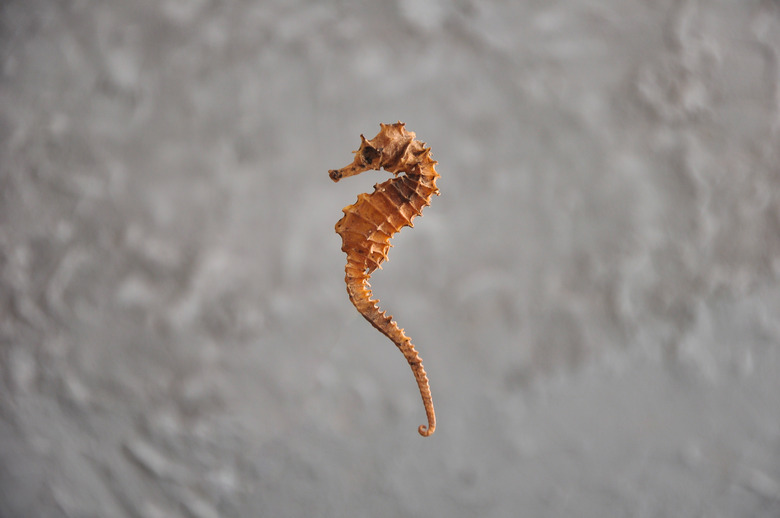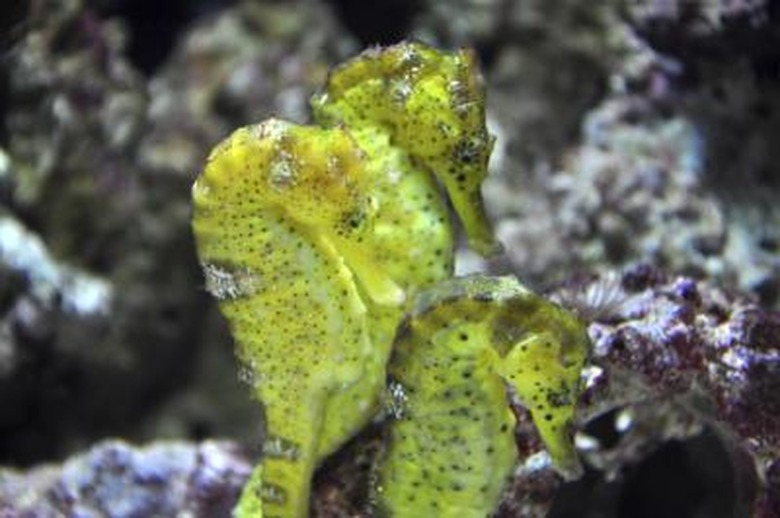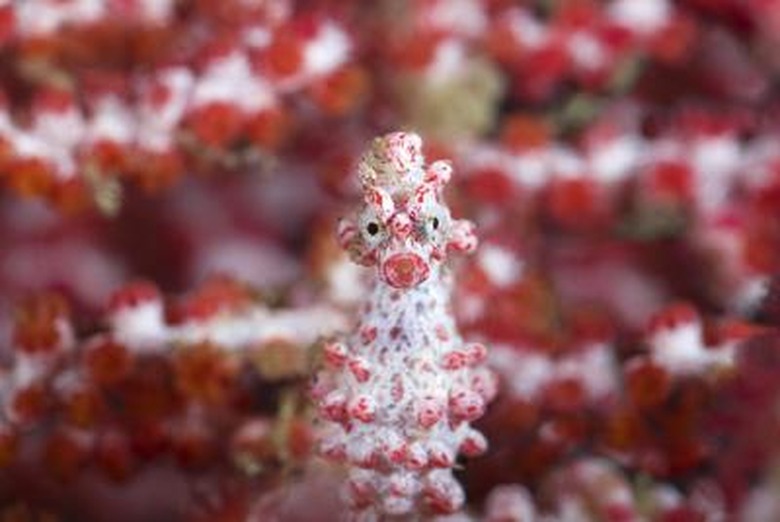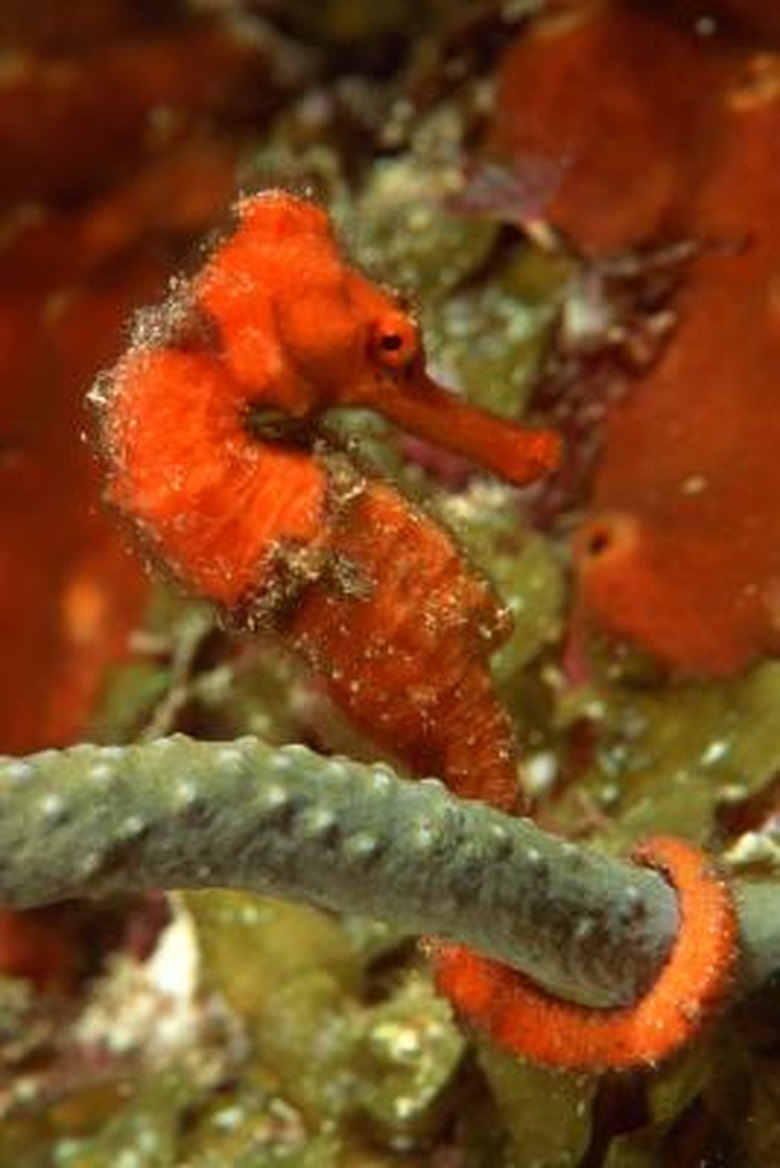Seahorse Facts For Kids
Scientists know of 35 species of seahorses, which belong to the genus Hippocampus. Seahorses inhabit the ocean in areas near corals and sea grasses, so they can easily hide. These fascinating creatures have a number of notable traits from seahorse fertilization to unusual survival strategies, just some of the interesting seahorse information you'll find below. Unfortunately, they are vulnerable to over-fishing by fishermen, who want to catch them for use as natural remedies or aquarium pets. Here are some fascinating seahorse facts for kids.
Seahorses Are Fish
Seahorses Are Fish
In ancient Rome, fishermen thought that seahorses — with their horse-like heads — were the babies of the horses that pulled the sea god Neptune's chariot through the water. Now, of course, scientists know that seahorses are actually fish. But, they don't have scales like most fish;instead, they're protected by bony plates under their skin. Seahorses can be tiny — as small as the one-inch dwarf seahorse — or nearly one foot long, as in the case of the pot-bellied seahorse.
Male Seahorses Have Babies
Male Seahorses Have Babies
It's easy to tell the difference between most male and female animals of the same species, but male and female seahorses appear very similar. In fact, the only visible difference between the two is that the male has a brood pouch in his stomach, so he can carry and give birth to baby seahorses. Seahorses are one of the few species in which the male bears and raises offspring. Seahorses are also monogamous, which means that once a male and a female seahorse become a couple, they stay together for life.
Camouflaged Seahorses
Camouflaged Seahorses
Seahorses are built for maneuvering, not speed — though they beat their dorsal fins almost 35 times per second. They move slowly because their fins are small and they swim upright. As they drift along a current, seahorses need to be able to protect themselves from predators. To defend themselves, they can quickly change colors, allowing them to blend into the background and effectively disappear from hungry predators. They are one of a number of ocean-dwelling organisms that have mastered this survival strategy.
How Seahorses Eat
How Seahorses Eat
Since seahorses are slow, the tend to use their tails to anchor themselves to coral, sea grass and other objects and wait for food to come along. When prey, such as plankton, small fish or shrimp, passes by, seahorses use their long snouts like a straw to suck up the food. They must eat their food whole, since they don't have teeth.
References
Cite This Article
MLA
Gambrel, Ellie. "Seahorse Facts For Kids" sciencing.com, https://www.sciencing.com/seahorse-kids-8569195/. 22 November 2019.
APA
Gambrel, Ellie. (2019, November 22). Seahorse Facts For Kids. sciencing.com. Retrieved from https://www.sciencing.com/seahorse-kids-8569195/
Chicago
Gambrel, Ellie. Seahorse Facts For Kids last modified March 24, 2022. https://www.sciencing.com/seahorse-kids-8569195/




